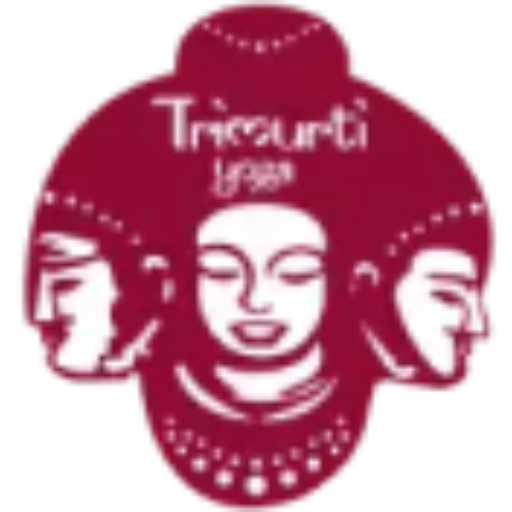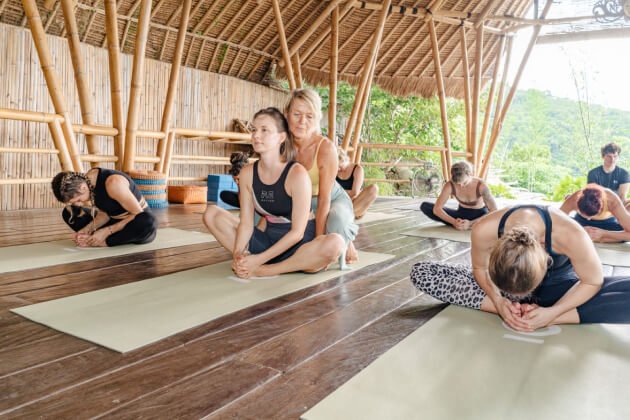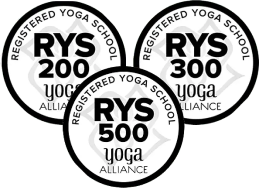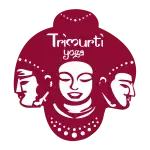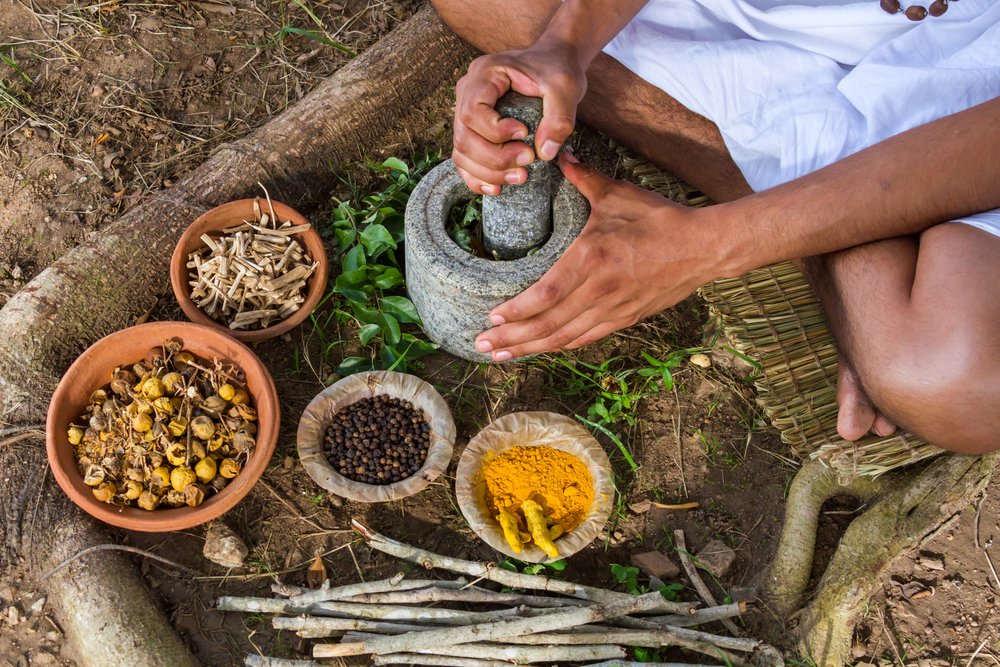
Step 1: Create a daily routine. Creating a daily routine provides a balanced rhythm, which can be very calming to the nervous system. Ayurveda focuses on the morning routine, in particular, because it is the beginning of our day, setting the tone to the rest of the day.
Step 2: Learn the practice of self-massage (abhyanga). The Sanskrit word for oil, sneha, is also translated to love. Thus, it is believed that performing self-massage with oil is equivalent to giving yourself the gift of love.
The benefits of massage are endless-lymph is moved, whisking away toxins; tissues are toned and strengthened; and energy is grounded.
Step 3: Eat a clean and appropriate diet. Ayurveda recognizes that one size does not fit all. It is important to eat according to your constitution and imbalance.
Incorporating opposing qualities into your diet can be very therapeutic. For example, the person experiencing a lot of heaviness should eat lighter foods like salads. During this hot summer season, stay away from heating spices and choose more gentle spices like basil, mint, fennel, and coriander.
Step 4. Regularly participate in a cleanse. Traditionally, Ayurveda recommends cleansing at the turn of major seasons-from summer to fall, from fall to winter, and from winter to spring. The idea here is to cleanse the body of excess qualities that may have accumulated during that season and by doing so also cleanse out toxins and prevent their accumulation. The basics of a cleanse are have a calmer and simple daily routine, eat a simple diet so that your digestive fire strengthens, and move toxins out with oil applied externally and taken internally.

